Mosquitoes thrive amid lack of anti-dengue fumigation
Excessive insect breeding in accumulated rainwater, delayed monsoon season have worsened matters: health experts
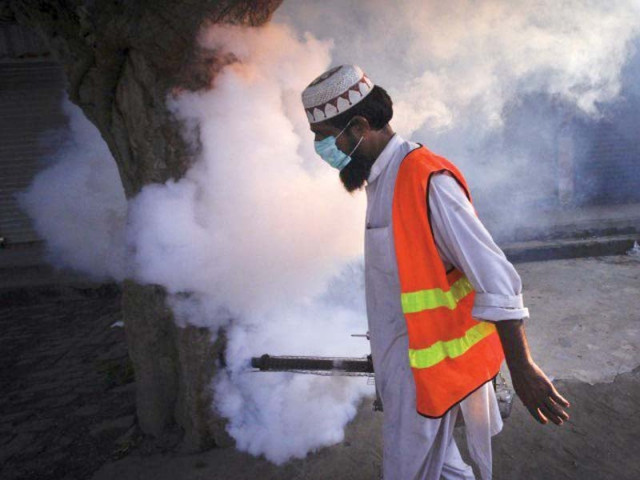
The sudden suspension of routine pesticide sprays in Sindh has led to increased breeding of mosquitoes, flies and other diseasecausing insects in the province. Various allergies and zoonotic illnesses appear to be on the rise, especially in the port city of Karachi.
The provincial capital has become a breeding ground for virus-carrying mosquitoes in the absence of any mitigation campaigns. The situation, say health experts, has only worsened since the last monsoon, which catapulted the spread of Aedes mosquitoes, known for causing dengue fever in Pakistan. Disease experts say the dengue season begins with the start of monsoon and usually lasts from September to December.
The mosquitoes breed and lay eggs in moist, rain-fed soil around streams and standing water but the disease usually subsides at the onset of the winter season. “So it is crucial for routine pesticide sprays to take place during the monsoon season and after, when the disease is at its strongest,” said one expert. In this regard, Officials of Sindh’s Dengue Control and Prevention Programme say that there are dengue focal persons present in all six districts of Karachi.
READ Dengue patients’ influx sets off alarm
However, in 2013, Sindh saw its highest number of dengue cases with over 5,970 infected persons and 32 deaths. From then the number of infected persons largely ranged between 1,200 to 3,000 cases each year, but the disease took its most damaging shape in the summer of 2019 when cases surged to a record high of 16,925 reported and 46 deaths. As of July of this year, the province had recorded over 911 cases and three deaths but these figures are expected to rise with an increase in mosquitoes and a delayed monsoon season.However, sources claim that pesticide sprays are only carried out upon accumulation of complaints, following which the insects are once again left to spawn and infest. According to the provincial health department’s round-up of persons infected with dengue fever in the last decade, Sindh reported over 4,072 infections and 25 deaths in the year 2010. In 2011, the number significantly dropped to 1,079 people with 18 deaths, while in 2012, the downward slope continued with only 734 reported cases of dengue and four deaths.
Among the city’s six districts, the aforementioned report of the provincial health department’s study on vector borne diseases found Jamshed Town, Gulshan-e-Iqbal and Gulzar-e-Hijri in the East district, DHA, Lyari and Clifton in the South district, Site Area and Orangi Town in West, Shah Faisal, Korangi, Malir and Bin Qasim in Korangi district, and North Karachi and Gulberg in the Central district, to be the most prominent hotbeds for dengue-causing mosquitoes in Karachi.
When the Sindh health department was contacted for its comment on the suspension of routine pesticide sprays in Sindh and its correlation with the disease’s surge, the question was quietly shrugged off. “We don’t have any knowledge of this,” a spokesperson of the department dismissively told The Express Tribune.

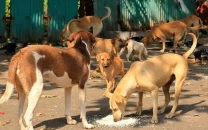
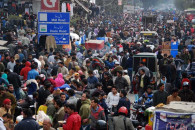
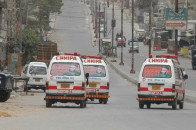

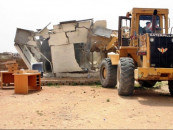
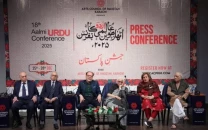












COMMENTS
Comments are moderated and generally will be posted if they are on-topic and not abusive.
For more information, please see our Comments FAQ